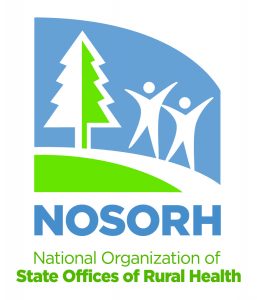
The National Organization of State Offices of Rural Health (NOSORH) has released a new Issue Brief: Identifying Vulnerable Rural Populations During COVID-19: The CDC’s Social Vulnerability Index
Social vulnerability refers to a community’s capacity to prepare for and respond to the stress of hazardous events — including natural disasters and pandemics. The Centers for Disease Control and Prevention (CDC) has created a multifactor Social Vulnerability Index (SVI) which can be used to identify vulnerable rural populations at greatest risk of impact by hazardous events. The SVI is calculated at two levels — one set of variables for all US counties and a second set for all US census tracts — and updated bi-annually.
The SVI can be useful in planning efforts to prevent and respond to COVID-19 infections in local communities. The NOSORH COVID-19 Data Tool includes the latest SVI data displayed in a visual format. Overlaying the SVI data layers with other available layers aids in the identification of high need areas, assisting in delivery of resources where they are most needed.
